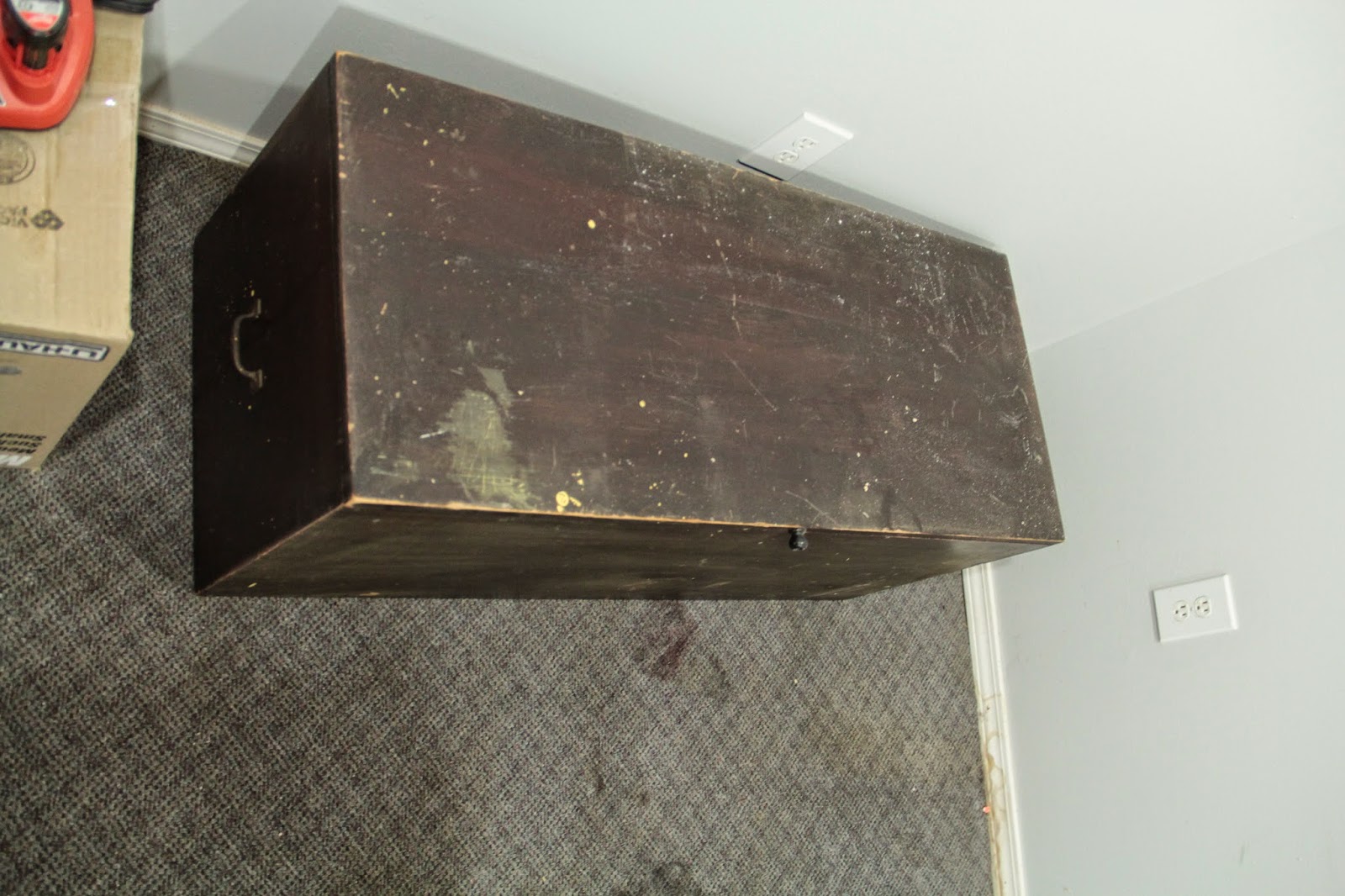As I build larger and more complicated pieces, I need to grow my tool repository. All of the work I've done up to this point has been accomplished with a basic set: a low powered Black & Decker drill, a hand saw, a miter saw, a hammer, screw drivers, a dowel jig, a circular saw, and a few clamps. I picked up a Rigid 2412 table saw, similar to the one pictured below, off of Craigslist.
 |
| My model table saw (minus the rust). |
My buddy John helped me carry it down to the workshop last night and I still have to bolt it together and tune it up. I plan to follow
this guide from Wood Magazine to tune it and hopefully get some good results. I would like it to be as accurate as possible since I don't have a jointer to create clean surfaces for edge gluing panels and I will be using this saw to fill that role. I'll eventually build an outfeed table for larger boards but I should be able to manage a few projects without one.
The next project is going to be a bookshelf similar to the
Kallax series from IKEA. I will be using the table saw to create
dados and
rabbet joints for the piece. I plan to make it from a veneer plywood and dress the plywood ends with some moulding.
The next tool I will likely get is a router. I'd like to find one that is robust enough to be used both in a table and freehand but still for a reasonable price. I'll probably return to Craigslist or find a refurbished one from one of the
CPO outlets. If you haven't heard of CPO they are a reconditioned tools outlet and they have an enormous selection at great prices. I found a Rigid 5" random orbit sander for half of the cost of a new one.
Now where to keep all of these things?
ReStore to the rescue! ReStore is run by Habitat for Humanity and carries donated items from many places including home remodeling projects. I plan to pick up some wall cabinets from one of their locations to store many of my supplies and tools. Since I have a small workshop (about 10' x 12') I have to make good use of my wall space. Any other floor or bench tools I get will have to be put on mobile bases so that I can move them around as I work with larger timbers and sheets of plywood.
Work safe!

























